
Burns are a very serious type of injury and need to be mended and dealt with in a shortest time span as possible. This is crucial in order to prevent the appearance of any kind of infection that might spread and endanger the life of the patient.
There are several ways to treat burnt parts of patient's body, depending on the degree of the burn, the amount of inner layer of the skin preserved and the amount of healthy skin available for transplantation and healing of the burnt area.
Burn surgeons need to treat the patient immediately after admission in order to remove the area of burnt skin upon which a crust or an eschar has developed and to prevent the appearance of an edema. Depending on the type and the severeness of the burn, the surgeon can do several procedures.
The burn surgeon can remove the scab from the healthy part of the burnt skin and apply the portion of healthy skin usually taken from the thigh area over the cleaned burn spot. This process is called immediate excision and grafting. It is possible to be done in the first week after the injury since afterwards there is a risk of skin intoxication.
Another way the burn surgeon may choose is to prolong the self healing process and treat the burn without removing the crust from it for two or three weeks. What the surgeon does afterward is the application of healthy skin over the raw burnt spot. When doing this, the thinnest layer of skin must be used since this type is more likely to be accepted by the burnt part and be initiated in the process of successful healing. If there are no healthy skin places available, alternatives like using artificial skin are possible.
After several months of healing, a secondary surgery takes place. Here, all the unusual healing side effects such as pigmentation disorder or new infections are taken care of. In this secondary healing process, in case of any eye injury or worsening, additional surgery is done immediately. Also, unless if life is endangered, young females have to wait for adolescence for their breast burns to be treated in order to preserve all the crucial elements of the breast area.
In this second surgery thicker parts of skin are used for mending burnt spots, and if facial parts are treated, full thickness of the skin graft is applied. Different, more elastic parts of skin, called the skin flaps are put over the burnt joint or in the neck area to act as best substitutes.


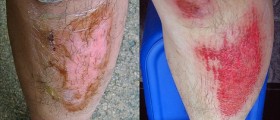
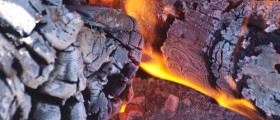
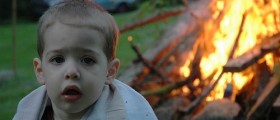
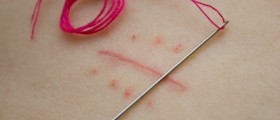
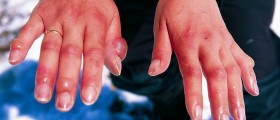

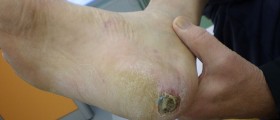


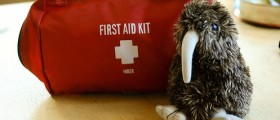

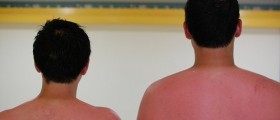


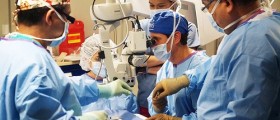
Your thoughts on this
Loading...